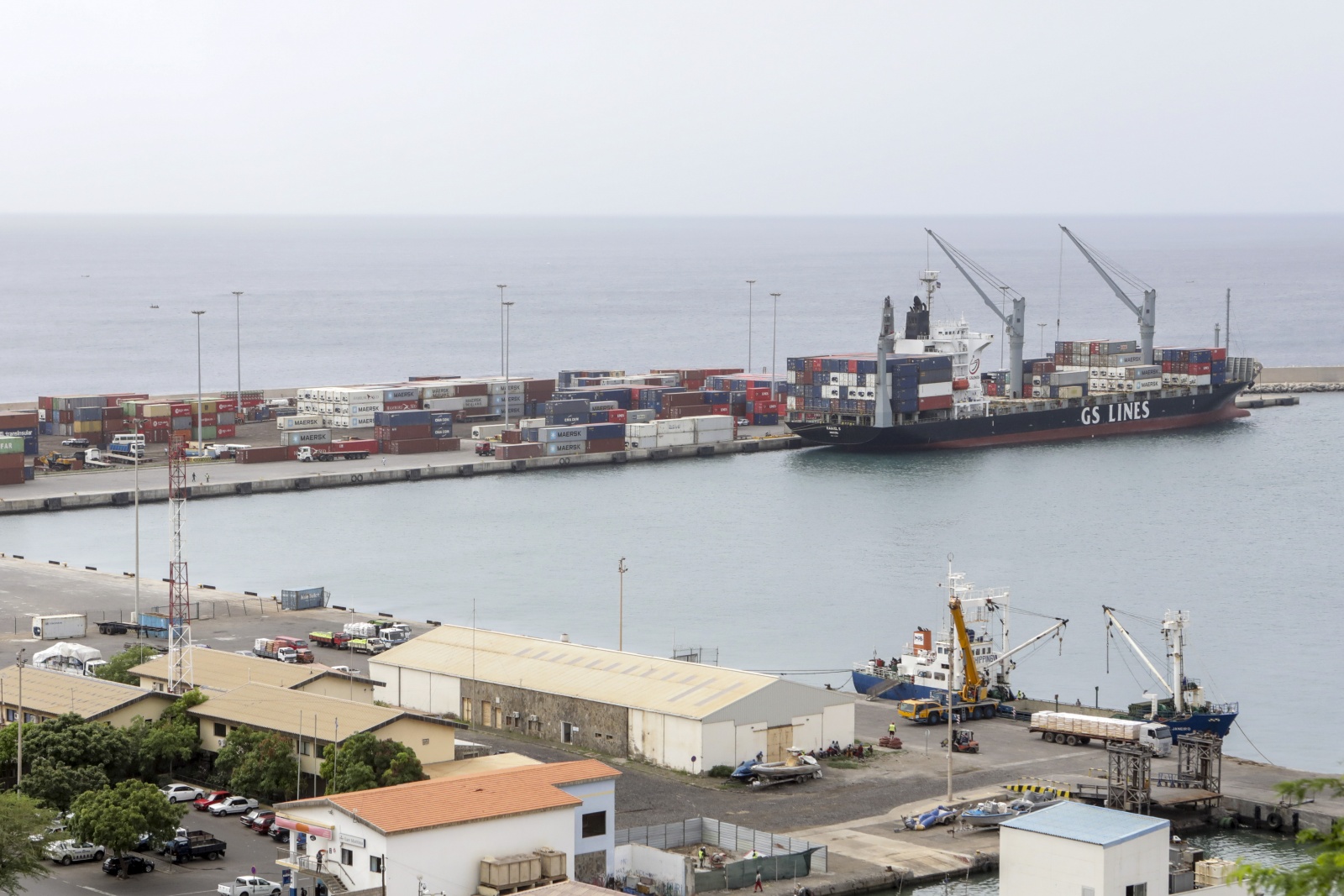According to the statistical report of Foreign Trade of the Cape Verdean INE, this result was aggravated by the increase in imports, which grew 20.2% in March, year-on-year, to €84.9 million.
Exports grew 58.9% in the same month to €5.9 million, while re-exports increased 12.1% to €30.7 million.
With this performance, Cape Verde’s trade balance was again negative in March – as in all previous months – at €79 million, against the deficit of €66.9 million in the same month of 2022

Cape Verde imports about 80% of the food it consumes, according to previous government data, due to the drought that has affected the archipelago over the past four years, and the production of 80% of electricity is still dependent on fossil fuel plants, which requires the import of refined fuels.
Until March, Europe remained as “the main client of Cape Verde”, absorbing 98.5% of total Cape Verdean exports, namely Spain (74.9%) and Portugal (12.2%), and mainly prepared and canned products (65%), according to INE.
In imports, the European continent also continues to be the main supplier of Cape Verde, with a weight of 68.6% of the total, mainly from Portugal (41.7%) and Spain (12.7%), in addition to Saudi Arabia (6.7%) and Argentina (6.3%).
Cape Verde’s imports increased 25.5% in the whole of 2022, while exports decreased 3%, compared to the previous year, INE released earlier.
According to foreign trade data, in 2022 Cape Verde’s exports totaled €45 million, a 3.0% year-on-year decrease.
In the year under study, Europe continued to be Cape Verde’s main client, absorbing 93.8% of the country’s total exports, a slight increase over the previous year, which was 92.1%.
The archipelago is recovering from a deep economic and financial crisis, resulting from the sharp drop in tourism demand – a sector that guarantees 25% of the Gross Domestic Product (GDP) – since March 2020, due to the Covid-19 pandemic.

